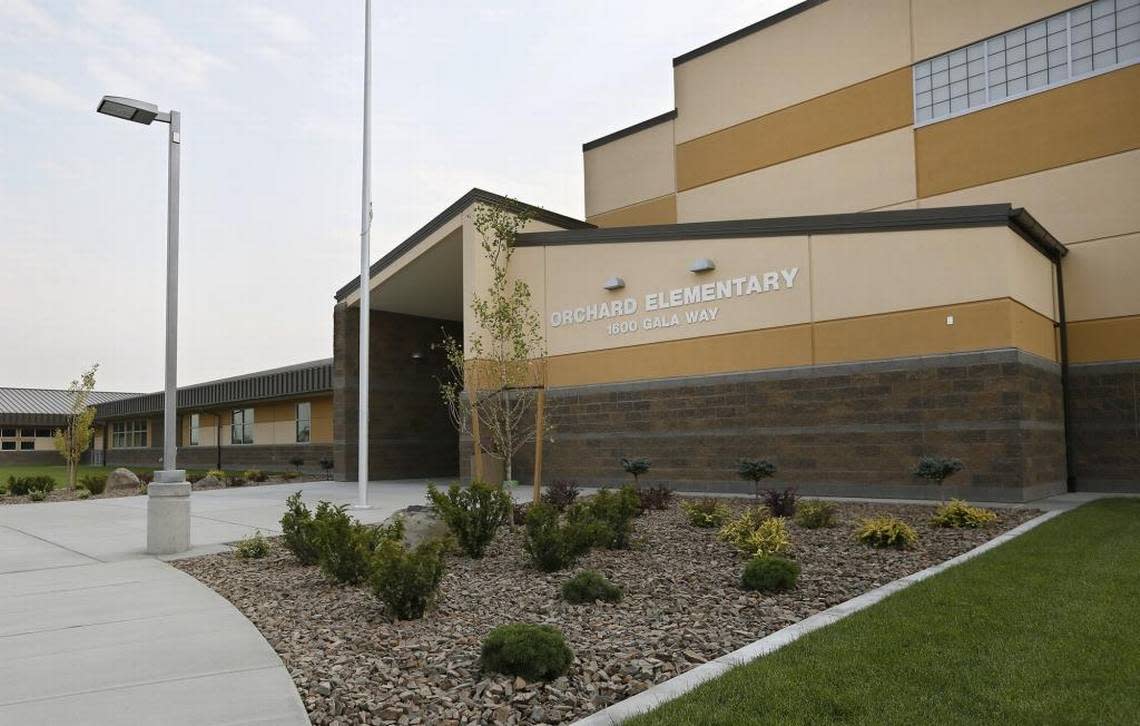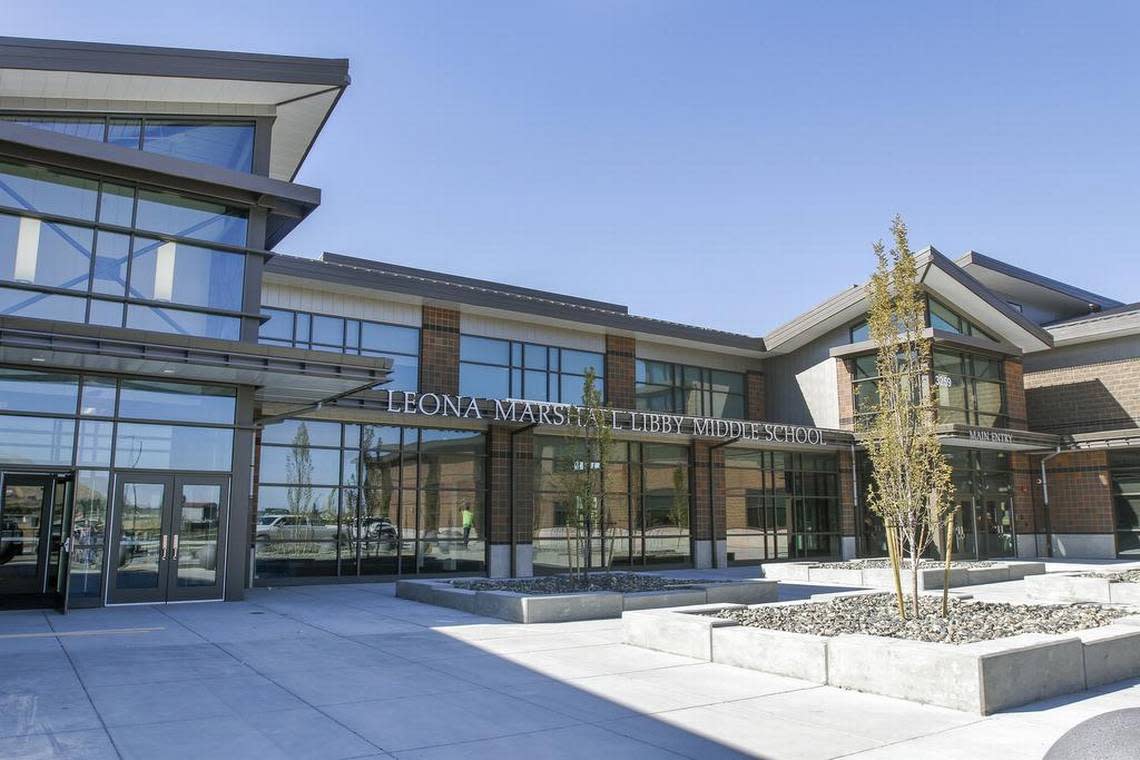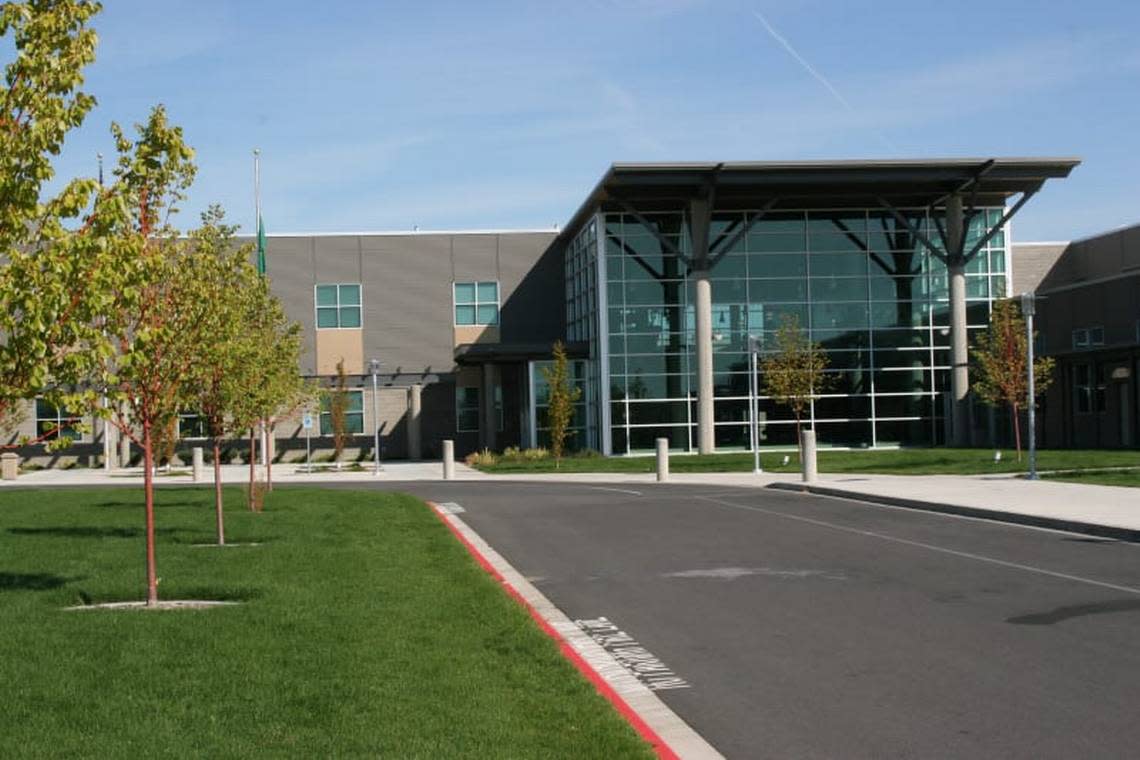Which are the best Tri-City schools? These 9 schools got an ‘A’ on the newest WA ranking
Everyone associates school with homework and class grades. But how often do we think about handing schools a report card?
Niche, a ranking and review site focused on education, recently gave public schools “grades” based on data analysis and user review of factors like academics, diversity, sports, teachers and resources.
There are 295 main school districts in the Evergreen State, according to the Washington Office of Superintendent of Public Instruction, as well as 6 state-tribal education compact schools and a dozen special districts.
The largest public school district in the state is Seattle’s King County with 55,000 students, and the smallest is Stehekin in Chelan County with fewer than 10 students.
By its measure, Niche finds that there are more than 230 schools in Washington state with an overall “A” grade. Data used by Niche came from the U.S. Department of Education, directly from schools, from surveying its users and from the National Center for Education Statistics.
Nine public schools in the Tri-Cities area received an A or A- for their overall grade. Seven were in the Richland School District, one in the Kennewick School District, and one stand-alone school in Paterson.
Best Tri-Cities elementary schools
White Bluffs Elementary School in the Richland School District received an A. The school also ranks 14 on the Niche list of public elementary schools in Washington state with the best teachers. State test scores show that around 80% of students are proficient in reading and math. The K-5 school has under 700 students and a student-teacher ratio of 18:1.

Orchard Elementary School, also a Richland school, was given an A- rating. It has the same student-teacher ratio as White Bluffs at 18:1, with a slightly smaller percentage of students proficient in reading and math.
Amon Creek Elementary School in the Kennewick School District also received an A-. Its student-teacher ratio is 16:1, 78% of students are proficient in math and 84% in reading.
William Wiley Elementary School, another Richland school, received an A- as well. It has a student-teacher ratio of 16:1 and just under 600 students. Niche reports 63% of students are proficient in math, 74% in reading.
Lewis & Clark Elementary School in the Richland School District is the last Tri-Cities elementary school that received an A- grade from Niche. It has more than 500 students and a student-teacher ratio of 17:1. Under 60% students are testing proficient in math, 69% in reading.
Best Tri-Cities middle schools

Paterson school is Niche’s number one standout middle school in Washington state. It received an A- with a 14:1 student-teacher ratio and under 200 K-8 students. Test scores show 57% of students are meeting math standards, 72% in math.
Leona Libby Middle School in the Richland School District received a grade of A and is ranked as the 43rd best public middle school in Washington state. It is the highest-ranking middle school in Tri-Cities and the only local middle school with an A. Niche reports it has over 700 students and a 20:1 student-teacher ratio. State test scores show 66% of students are proficient in math, 80% in reading.
Best Tri-Cities high schools

Hanford High School in the Richland School District got an A for its overall grade and several other categories. It ranks 34 in the best Washington state high schools ranking, and is the best-ranked statewide from the Tri-Cities area. The student-teacher ratio is 23:1 with nearly 2,000 students. State test scores show 55% are meeting math standards, 82% in reading.
The final Tri-Cities school to receive an A- is Richland High School, also in the Richland School District. It has a 24:1 student-teacher ratio with a similar amount of students as Hanford. About 47% of students are meeting expectations in math, 71% in reading.
What makes an A school
Niche graded elementary, middle and high schools on variables that included academic proficiency, diversity and teacher quality. They also took into account other facets for high schools such as sports, clubs and activities, college prep and administration.
Niche ranked the top schools as a guide for parents and students, including average state test scores, student counts and student-teacher ratios, with more information in each school’s Niche profile.
For elementary school students, the ideal classroom size is 18 students to one teacher, according to Public School Review. This size is large enough to cultivate an engaging and focused academic environment while also being small enough for educators to provide individualized tutoring.
